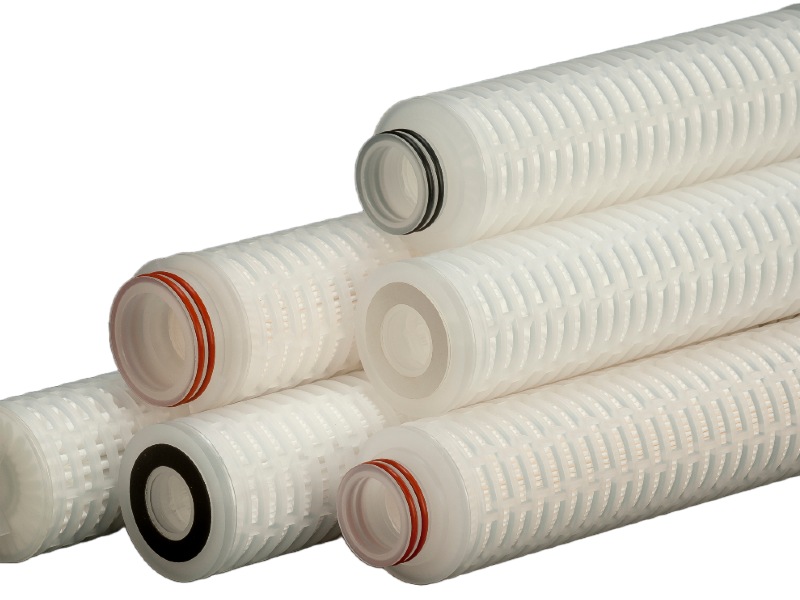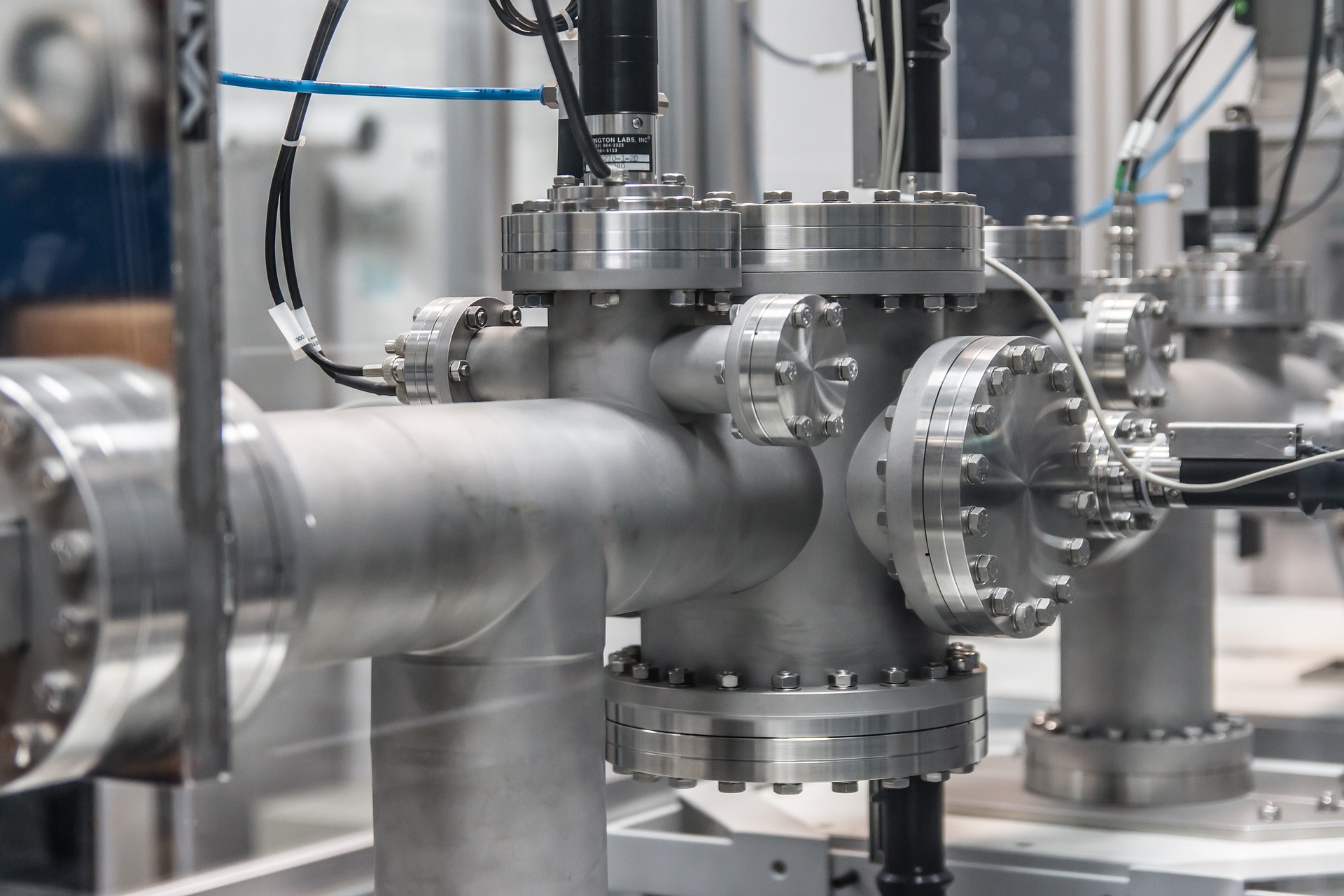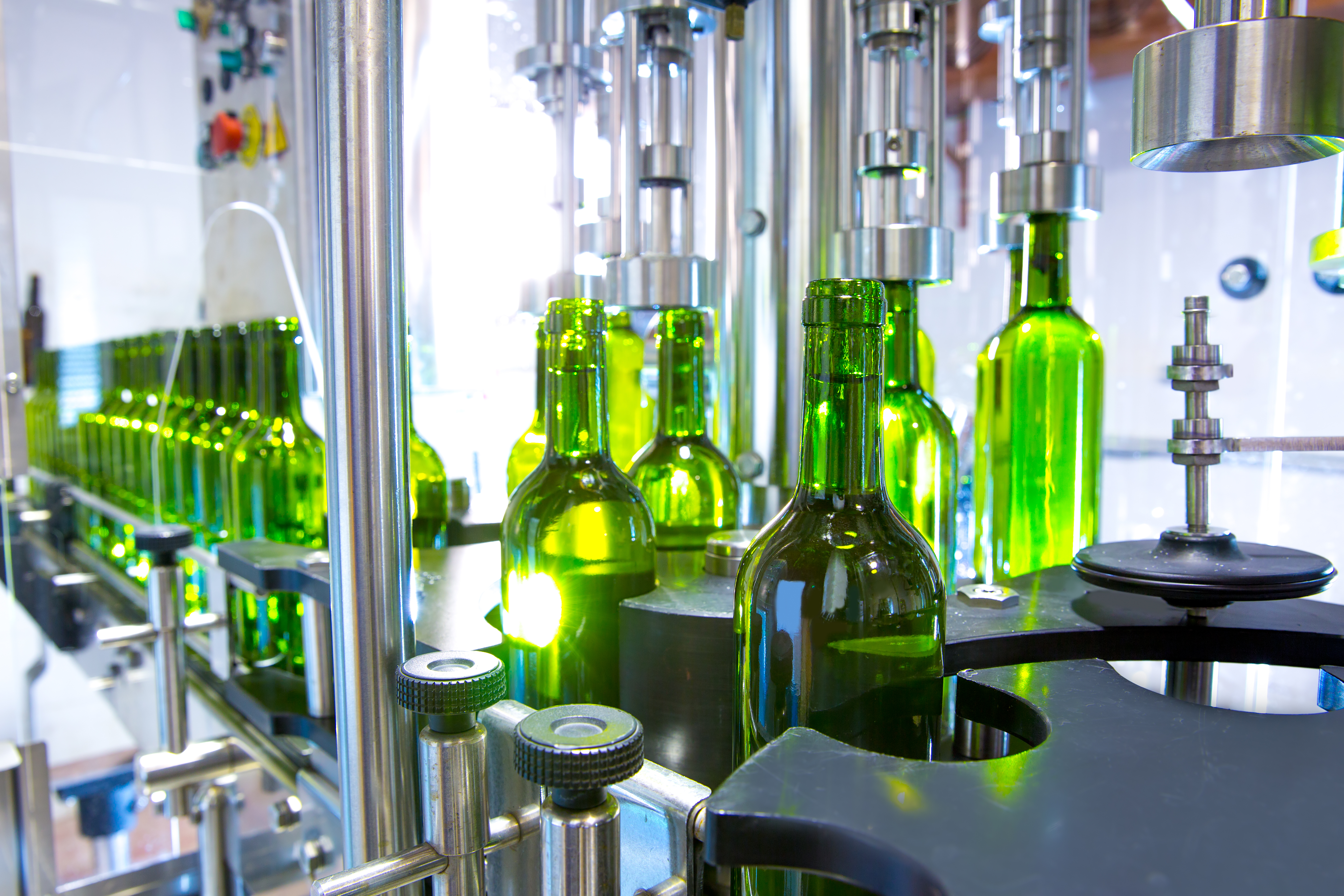Navigating Different Housings For Cartridge Filter Applications
With so many possibilities when it comes to choosing the correct filter housings for your cartridge filter or bag filters, we've broken the decision-making process down into 6 key steps to make sure you get the fit for your filtration process and optimising the life of your filter cartridges.
Our 6 Step Check
Here’s a simple guide on the steps to take when choosing a filter housing:
-
The first question to consider is whether you are filtering a liquid or a gas.
We ask this question because although both are fluids the housings for each are designed differently. Liquid housings are designed to minimise product hold up in the housing, whereas gas housings are designed to minimise pressure drop and to prevent the cartridge being directly in the gas flow. This is shown in the illustration below:The final consideration is if you are venting a product or storage tank then you require an atmospheric rather than pressurised gas housing.

-
The material of construction of the housing is determined by the chemical nature of the fluid.
There are a range of materials that can be used in filter housing construction from plastic, GRP, carbon steel, St.St – either 304 or 316, Lined-Coated, Hastelloy (C22), solid PTFE. Knowing the chemical nature of the fluid determines the material used and plays a large part in the cost of a filter housing. -
Micron rating of application determines style housing & internal surface finish.
 Typically the choice is between industrial style and sanitary or hygienic style. As a rule of thumb any application with a micron rating above 1 micron is an industrial style of housing. Typically, these housings use DOE (Double Open Ended) cartridges. Anything below 1 micron is typically a sanitary or hygienic style. Sanitary/Hygienic housings have a far higher specification on surface finish (Ra<0.8 and below) and a crevice and dead zone free design. These housings use SOE (Single Open Ended) cartridges.
Typically the choice is between industrial style and sanitary or hygienic style. As a rule of thumb any application with a micron rating above 1 micron is an industrial style of housing. Typically, these housings use DOE (Double Open Ended) cartridges. Anything below 1 micron is typically a sanitary or hygienic style. Sanitary/Hygienic housings have a far higher specification on surface finish (Ra<0.8 and below) and a crevice and dead zone free design. These housings use SOE (Single Open Ended) cartridges. -
Pressure rating and design code.
Whether it is PED, ASME or ATEX this determines options of closure and inlet/outlet connection types that are available. -
Flowrate determines size of housing.
Flowrate will determine the size of the housing required. It is normally sized at a clean differential pressure (CDP) of 2 psi (100 mbar). You could size at a higher CDP and that will reduce the initial capital cost of the housing, but this will lead to higher year on year running costs. Read our blog - The cost impact of incorrect sizing of filtration systems – to understand the full implications.
differential pressure (CDP) of 2 psi (100 mbar). You could size at a higher CDP and that will reduce the initial capital cost of the housing, but this will lead to higher year on year running costs. Read our blog - The cost impact of incorrect sizing of filtration systems – to understand the full implications.
For large flowrates exceeding 100 m3/hr consider High Flow style filter housings. This reduces the numbers of filter cartridges required, the size of the cartridge disposal issue and reduces the footprint of the filtration system. -
Custom or Non-standard options.
The above guide is considering standard housing types, but customised options are available. For example, all housings are non-heated as standard, but heated option is used for viscous liquids and high humidity gas applications to ensure the efficient operation of the filter system.
Understanding and addressing the technical aspects of housings is essential for supporting efficient and reliable filtration systems. This technical exploration supplies valuable insights for engineers, technicians, product managers, and other technically competent individuals involved in the world of cartridge filtration products.
Collaborating with a filtration company that understands the challenges that you face, from their years of experience, can offer solutions that are key to optimising your filtration systems. Contact Porefiltration at enquires@porefiltration.co.uk to discuss these and any other cartridge filter challenges that you may be currently facing.
PoreFiltration – Making your filtration systems work harder





